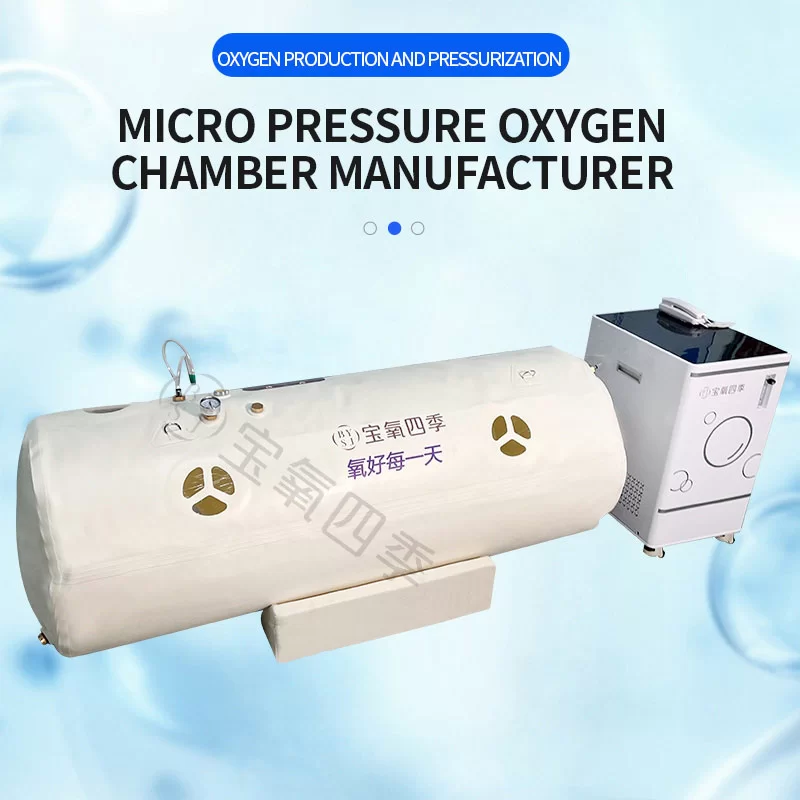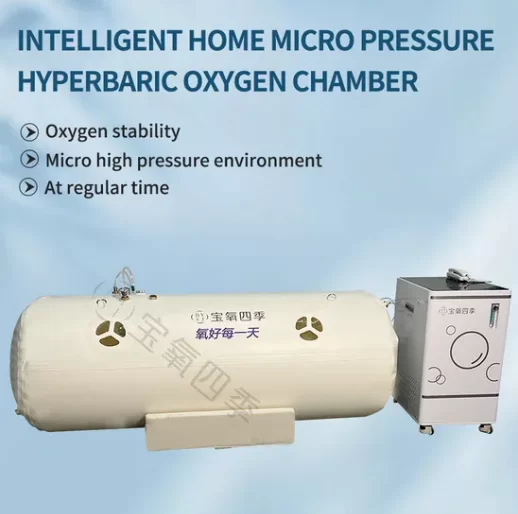Hyperbaric Sleep Chamber Cost: the 2025 buyer’s field notes
People keep asking me about Hyperbaric Sleep Chamber Cost. Short answer: it varies more than you think. Long answer: it depends on pressure class, build materials, certifications, after‑sales support, and a few little things nobody mentions—like oxygen concentrator sizing and zipper longevity. I’ve spent months talking to vendors and users; here’s the practical rundown.

What’s trending now
Home “micro” hyperbaric systems (soft, lying type) are rising fast, while clinics still favor rigid, higher‑pressure steel/acrylic chambers. Many customers say they want quieter compressors, easier entry, and real documentation. Prices reflect those wishes. Actually, the best value I’m seeing is customizable home units with verified QA files and a responsive service team.
Spotlight product (for context)
Product: Hbot Home Use Chamber Customizable Lying Type Micro Hyperbaric Oxygen Chamber. Origin: 888 Kaiyuan Road, Jizhou District, Hengshui City, Hebei Province. Designed for safe, comfortable home oxygen sessions; customizable size and features.
| Specification | Typical (≈) | Notes (real‑world use may vary) |
|---|---|---|
| Type | Lying, micro hyperbaric (home) | Soft shell, zipper entry |
| Pressure | ≈1.3 ATA | Confirm vendor rating and gauges |
| Oxygen source | External concentrator 90–96% O2 | Typical flow 5–10 L/min |
| Materials | TPU‑coated fabric + PET window | RF‑welded seams, anti‑burst design |
| Noise | ≈50–60 dB | Most noise from concentrator/compressor |
| Service life | ≈5–8 years | With proper maintenance and filter changes |
| Customization | Size, windows, ports | Branding, gauges, mattress options |
What shapes the Hyperbaric Sleep Chamber Cost?
- Pressure class: soft (≈1.3 ATA) costs far less than rigid clinical (2.0–3.0 ATA).
- Materials: heavier TPU fabrics and quality zippers raise durability—and price.
- QA & documentation: full test reports, traceable batches, and service logs aren’t free.
- Bundle items: oxygen concentrator capacity, backup valves, and monitoring add up.
- Support: in‑country parts and warranty save headaches later.

Process flow & testing (how good builds are made)
Materials: TPU‑coated nylon, multi‑layer windows, medical‑grade hoses. Methods: RF seam welding, leak‑check with soap film, and 24–48 h pressure hold. Testing standards to ask for: ISO 13485 QMS, ISO 14971 risk management file, IEC 60601‑1 (for powered accessories), and pressure‑cycle reports (e.g., 500–1,000 cycles at rated ATA). Some rigid chambers follow ASME PVHO‑1—but home soft units are a different category. Service life is typically determined by zipper fatigue (10,000+ cycles target) and fabric creep tests.
Vendor landscape (quick compare)
| Vendor Type | Price Range | Pressure | Docs/Certs | After‑sales |
|---|---|---|---|---|
| Home soft‑chamber specialist | ≈$3,000–$10,000 | ≈1.3 ATA | ISO 13485, test logs (ask) | Email/phone, local parts |
| Rigid clinical OEM | ≈$50,000–$250,000 | 2.0–3.0 ATA | PVHO‑1, clinical approvals | On‑site service network |
| Budget importer | ≈$2,000–$5,000 | ≈1.2–1.3 ATA | Limited paperwork | Email only; slow parts |
Use cases, feedback, and costs in practice
Use scenarios: evening recovery for athletes, general wellness routines, light neuro‑fatigue programs under professional guidance. Many users report better sleep continuity; a few mention ear pressure learning curve the first week. Real costs: chamber + oxygen concentrator + filters + optional UPS power. For soft systems, total ownership over 3 years often lands around $4k–$12k depending on bundle and support.
Two quick case notes (illustrative): (1) A masters runner used a lying micro chamber nightly for 45–60 minutes; reported faster DOMS recovery after 4 weeks. (2) A small wellness studio added a home‑class unit for gentle sessions; utilization reached 70% of bookings once they standardized protocols and posted safety checklists.

Buying checklist (to keep Hyperbaric Sleep Chamber Cost sensible)
- Request pressure‑cycle and 24–48 h hold test reports.
- Confirm oxygen concentrator spec and maintenance schedule.
- Ask for ISO 13485 certificate and IEC 60601 reports (for powered accessories).
- Check zipper rating and spare parts availability.
- Get written warranty and local service contact.
- Undersea & Hyperbaric Medical Society: Information for Patients
- ASME PVHO‑1: Safety Standard for Pressure Vessels for Human Occupancy
- ISO 13485: Medical devices — Quality management systems
- IEC 60601‑1: Medical electrical equipment — General requirements
- ISO 14971: Application of risk management to medical devices
Hebei Lixin Medical Engineering Co., Ltd. was established in 2011. medical oxygen generator manufacturers The company specializes in the production and sales of medical central gas supply systems,medical oxygen generator manufacturers medical molecular sieve oxygen generation equipment, medical oxygen generator factory low-pressure oxygen chambers, medical air purification equipment, and undertakes projects such as hospital operating room and laboratory purification, cleanroom construction, radiation protection engineering, and medical wastewater treatment engineering.medical oxygen plant manufacturer